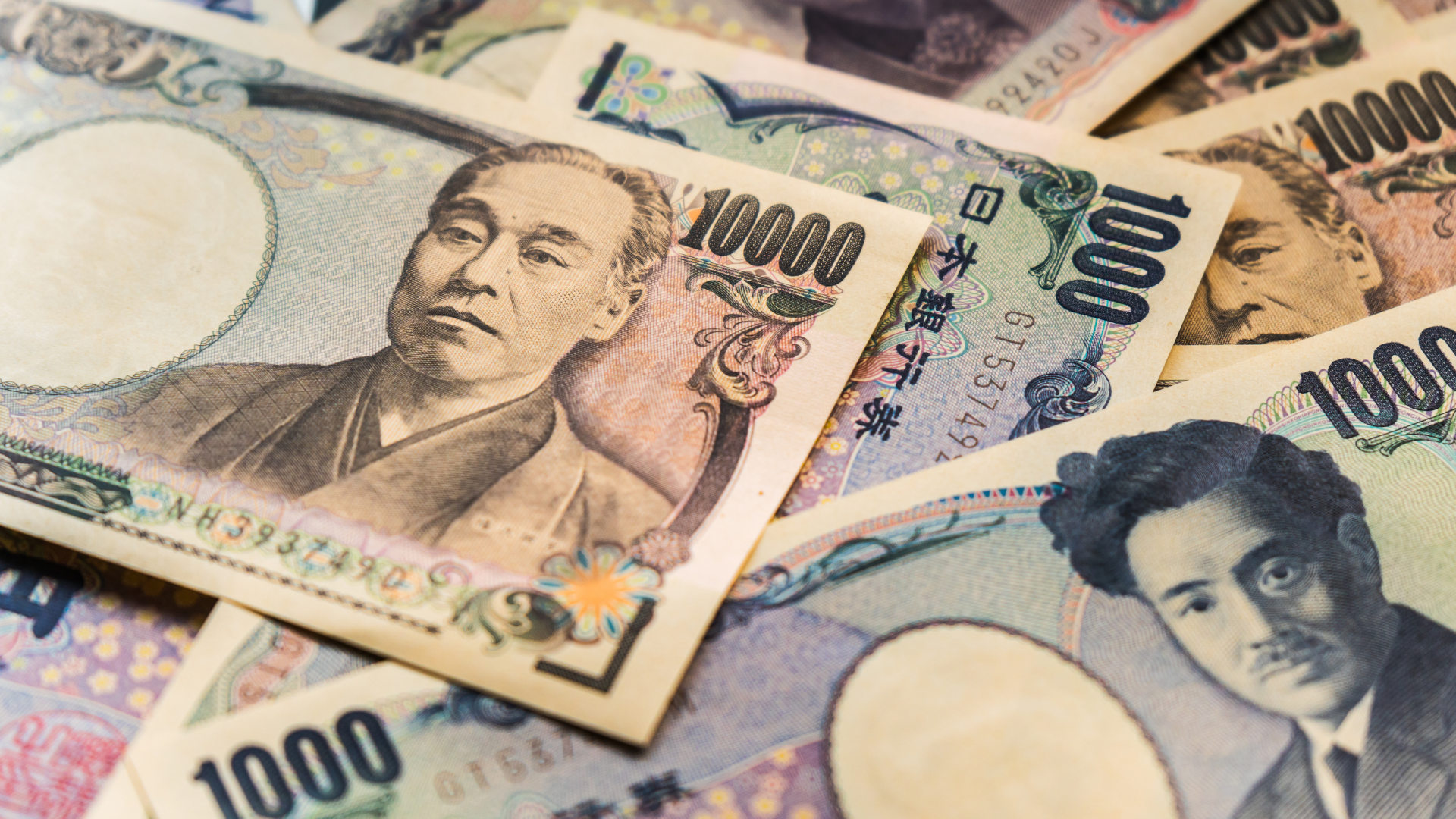The Bank of Japan (BOJ) is widely expected to hold off on any rate increases during its March meeting, as inflation pressures ease and the economic outlook remains uncertain. After a period of aggressive policy tightening by other central banks, including the U.S. Federal Reserve, the BOJ’s decision to pause its rate-hiking cycle signals a more cautious approach to addressing Japan’s ongoing economic challenges.
While Japan’s inflation rate has remained above the BOJ’s target, it has shown signs of slowing in recent months, giving the central bank more room to reassess its stance. The BOJ has struggled to balance inflation control with the need to support economic growth, particularly as the country faces weak domestic demand and global market volatility.
Market expectations are focused on whether the BOJ will tweak its ultra-loose monetary policy or continue to rely on existing tools, such as its yield curve control program. The Japanese central bank’s focus has traditionally been on achieving stable inflation while supporting economic recovery, but with the global financial landscape shifting, it is under increasing pressure to adjust its policy stance.
The global interest rate landscape has been in flux, with the U.S. Federal Reserve and other major central banks continuing their tightening cycles in an effort to curb inflation. However, Japan has not followed this trend, and analysts suggest the BOJ may prefer to take a wait-and-see approach, especially given that higher rates in Japan could hurt economic recovery by weakening domestic demand and raising borrowing costs for businesses.
Despite the pressures from global economic conditions, Japan’s economy remains fragile, with signs of weak consumer spending and sluggish business investments. These factors make the BOJ’s decision to pause rate hikes a reasonable step for now, as it allows the central bank to monitor both domestic economic data and global developments more closely.
With no immediate plans for policy tightening, the BOJ’s stance for March is likely to remain cautious. The central bank will likely continue to emphasize its commitment to stabilizing inflation while supporting growth, keeping a close eye on evolving economic indicators both at home and abroad.
















